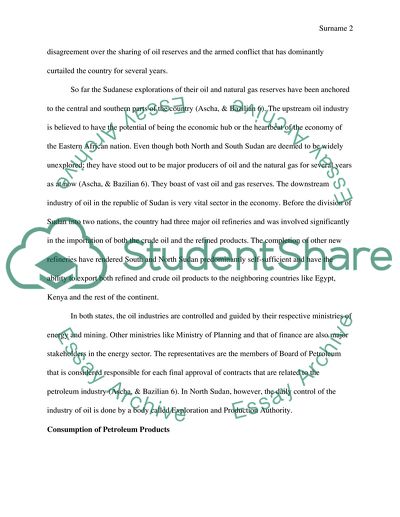Cite this document
(Oil Exploitation As A Factor Of Conflict Between Sudan And South Sudan Research Paper, n.d.)
Oil Exploitation As A Factor Of Conflict Between Sudan And South Sudan Research Paper. Retrieved from https://studentshare.org/politics/1850424-history-of-oil-and-gas-in-sudan-including-political-aspects
Oil Exploitation As A Factor Of Conflict Between Sudan And South Sudan Research Paper. Retrieved from https://studentshare.org/politics/1850424-history-of-oil-and-gas-in-sudan-including-political-aspects
(Oil Exploitation As A Factor Of Conflict Between Sudan And South Sudan Research Paper)
Oil Exploitation As A Factor Of Conflict Between Sudan And South Sudan Research Paper. https://studentshare.org/politics/1850424-history-of-oil-and-gas-in-sudan-including-political-aspects.
Oil Exploitation As A Factor Of Conflict Between Sudan And South Sudan Research Paper. https://studentshare.org/politics/1850424-history-of-oil-and-gas-in-sudan-including-political-aspects.
“Oil Exploitation As A Factor Of Conflict Between Sudan And South Sudan Research Paper”, n.d. https://studentshare.org/politics/1850424-history-of-oil-and-gas-in-sudan-including-political-aspects.


